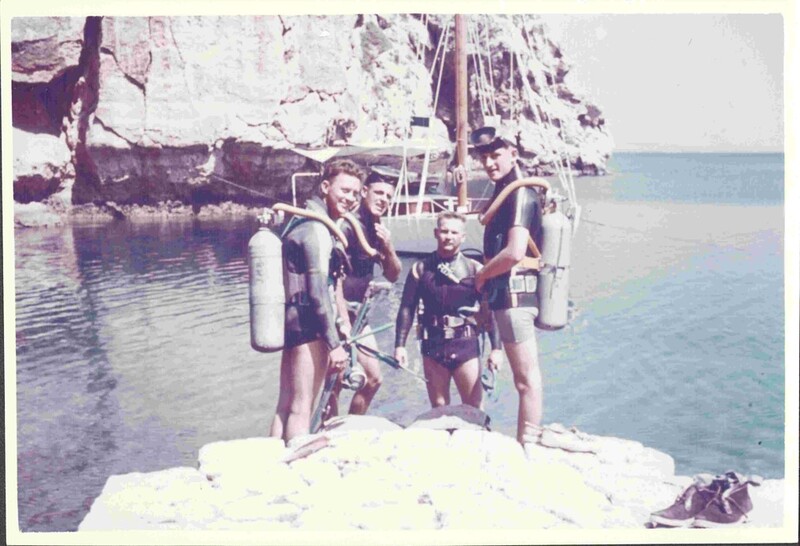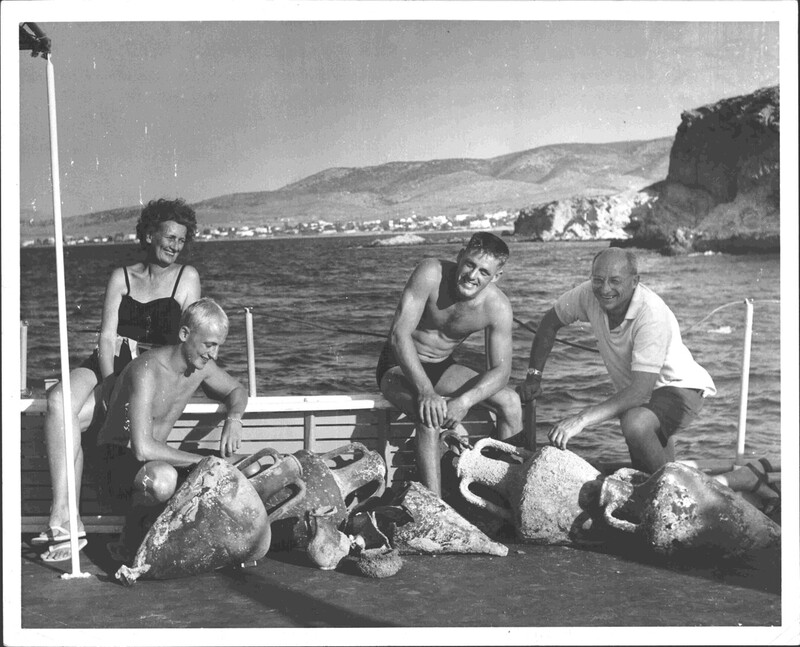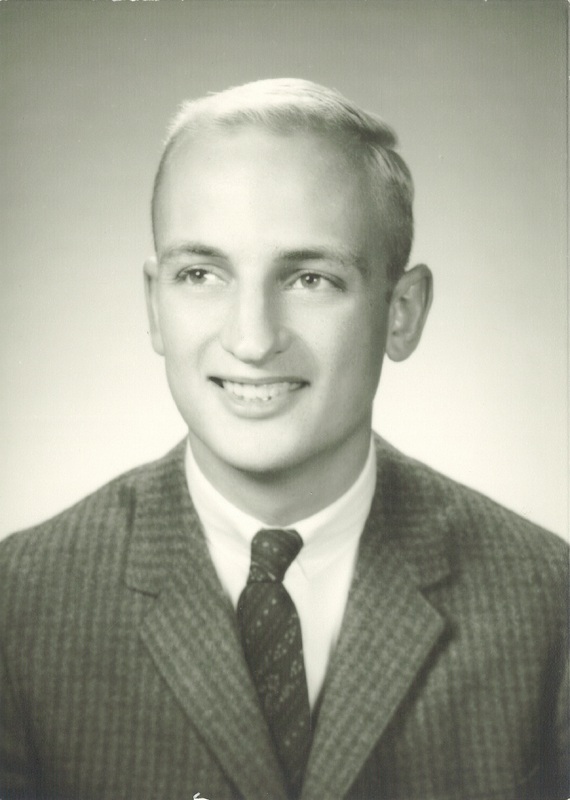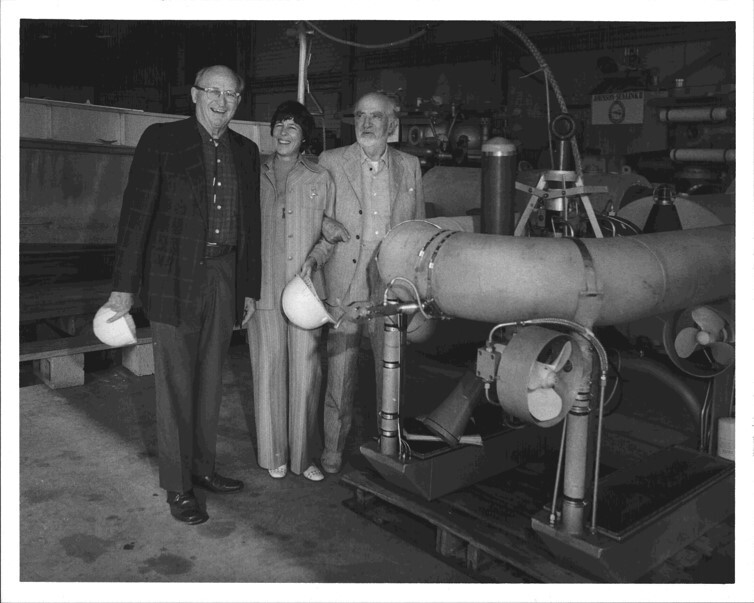Clayton Link
The Link family took part in hundreds of diving expeditions and archaeological excavations, the complexity of these trips growing in step with innovations in diving and submersible technology. In 1973, however, one of these excavations ended in tragedy.
Edwin Clayton Link was Ed and Marion's younger son, who was an experienced diver and had accompanied his parents all over the world on their travels. One morning in June, off the coast of Key West in the Florida Keys, Ed and Marion sat aboard the Sea Diver while Clayton, fellow diver Albert D. Stover, pilot Archibald "Jock" Menzies, and marine biologist Robert Meek went down in the Johnson-Sea-Link to explore an artificial reef made from World War II wreckage. Clayton and Stover were in an aluminum "lockout chamber"- the environmental compartment divers would use to pressurize their surroundings before leaving and returning from a deep dive.
That day, the Johnson-Sea-Link became entangled in the cords, wires, and other wreckage that had created the reef, and was unable to resurface. The men chose to wait for the help that was on the way - Clayton and Stover specifically decided not to pressurize and leave the chamber, as they had no wetsuits to protect them from the cold and not enough oxygen. But the unexpectedly strong Gulf currents prevented the Navy and other rescuers from reaching the submersible until an impossible 32 hours had passed. The aluminum lockout chamber took on the cold temperatures of the water, and when the submersible's carbon dioxide scrubber failed, Clayton and Albert Stover died before help could arrive.
Ed and Marion grieved the loss of their son, but found strength in innovation to ensure something like this would never happen again. Link invented the CORD- the Cabled Observation and Rescue Device, equipped with cameras, lights, and cutters that could slice through the very sort of entanglements that had taken the life of his son. Groundbreaking in its rescue capabilities, the Links contributed to the growth of oceanic technologies with safety and accessibility always at the forefront of their minds.



